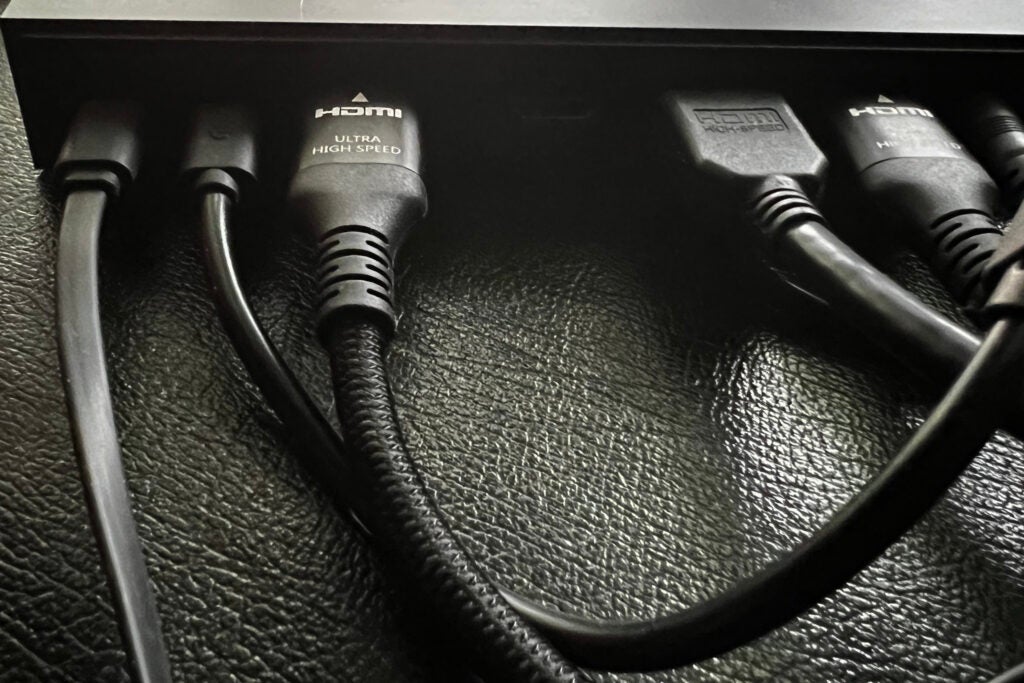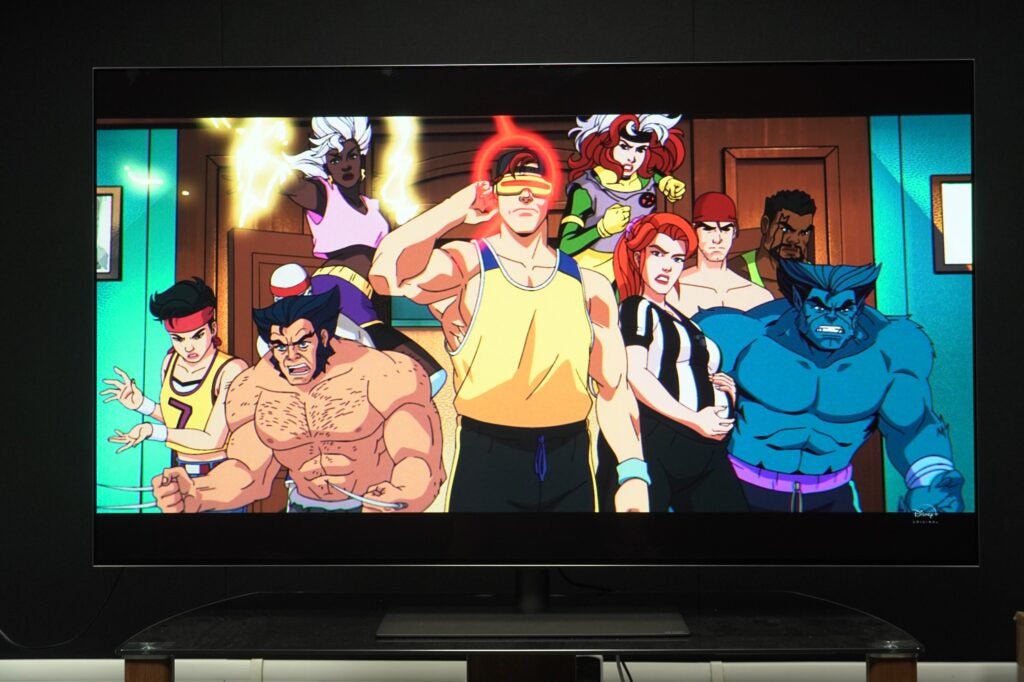OPINION: A full column dedicated to a discussion about HDMI ports might not sound like the most exciting topic, but I think it’s worth addressing within the context of what tech journalists hone in on versus what consumers actually want buying a new TV.
There’s been a recent trend of reviews noting that a number of TVs lack an expected four HDMI 2.1 inputs, and are instead only fitted with two, and each time I see that complaint I wonder to myself, who actually cares? I mean, really cares?
Having four HDMI 2.1 inputs is seen as a competitive advantage, especially if you’re into gaming. With that allocation, you can slot your game console or PC into any one of the inputs. Playing on your PS5 and are bored? Well, fire up your Xbox and you can play exclusive games from that console on your TV in no time.
Currently, most TV manufacturers only have a provision for two inputs, one of which is shared with the HDMI eARC port that’s earmarked for sound systems. The thinking is that if you have more than one HDMI 2.1 supporting device, you’d have to choose between it or a sound system.
However, that’s only the case if you have more than one HDMI 2.1 device. I think it’s quite an assumption to believe that many people do, or that this is an area that decides whether you buy a TV from one brand or another.


While I won’t say there aren’t people out there with both a PS5 and a Xbox Series console, considering the dominance of Sony’s console and the diminished sales of Microsoft’s console in the last few years I don’t think there are as many as we would like to think who have both.
Then again, that’s me also making an assumption. I don’t have sales data or recent research but some data insights from SIE internal report in 2023 indicated that over 80% of PS5 owners weren’t likely to have an Xbox as a second console. It’s not, I would say, a common thing that people own both; and with the rise of cloud gaming and streaming, there’s not as much need for two physical consoles living in your AV rack.
Yet a common assumption in TV reviews is that people are likely to have two consoles to plug in to their TV, and the lack of four HDMI 2.1 inputs is a stick used to beat them with. Quite frankly, I couldn’t care less about it.
It’s time to change the discourse
It’s a complaint for complaint’s sake, and it often feels when it’s mentioned that it’s simply trying to put pressure on manufacturers to include a feature that I don’t think would get used as much as some would think. Yes, it would be lovely to have the feature, but it’s not a non-negotiable, and if you do want the feature then premium LG and Samsung OLED and Mini LED TVs have it anyway – and in terms of TV sales they’re the two biggest companies on this planet.
Would Philips having two more HDMI 2.1 inputs bite into LG’s OLED sales? Unlikely, especially as the TVs are available in Europe. The same goes for Panasonic, and with regards to Sony, the company doesn’t seem particularly concerned about having the fastest input lag or the most gaming features.


LG dominates OLED TV sales, and Samsung – despite a late start – finds itself in second place., and it’s not because it’s eaten into LG’s lead, it’s because it’s taken a chunk away from the competition.
A Sony OLED or Mini LED having four HDMI 2.1 inputs isn’t going to make it leap forward in sales, nor is it suddenly going to make their input lag better, or add certified G-Sync and AMD VRR or bring a dedicated Dolby Vision game mode to more of its TVs. That’s not the approach/strategy it’s taken, and it’d still lag behind the likes of LG and Samsung for performance in other areas.
The HDMI 2.1 kerfuffle is similar to the dull conversation about 4K/120Hz (or 120 frames per second) games. We keep banging on about this feature that’s rarely implemented by game developers. It’s either 4K resolution or 120fps – but it’s rarely both.
The HDMI 2.1 topic is an argument for argument’s sake, a complaint that won’t have much of an effect on most people’s purchasing decision (HDMI is a dull topic to talk and less exciting to explain). If it did, I’d imagine that TV brands would be rushing to have this feature implemented on their TVs, but after several years, we’re still in the same place. That’s likely a clue as to how popular it actually is.




